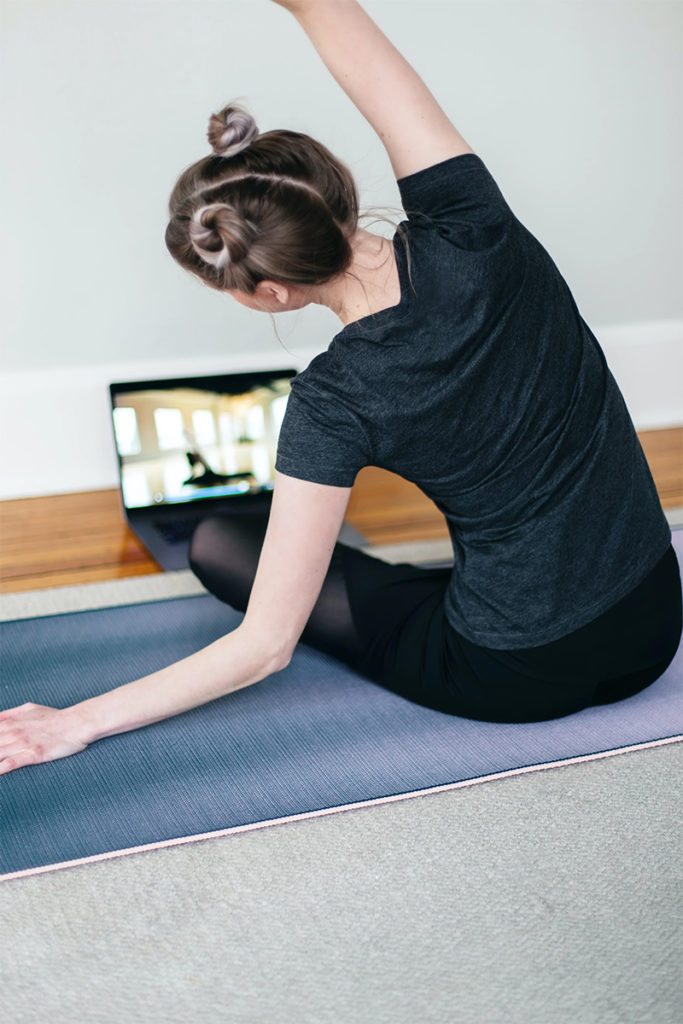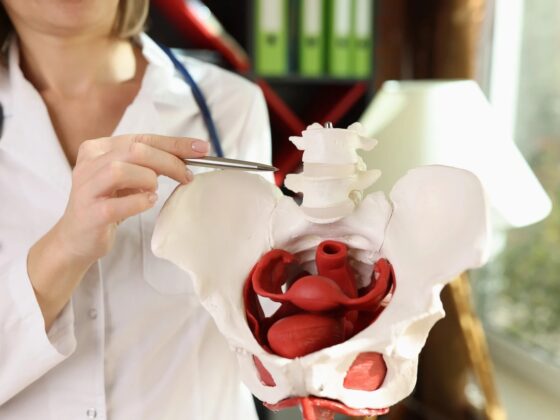Have you felt disconnected from your body since COVID-19 hit? Have you been experiencing increased stress affecting your mental health? Judgement around your body?
You are not alone!
We all remember in March of 2020 when COVID-19, something that previously felt so far away, truly hit us at home. We were told to shelter in place, removing us from our regular ways of self care and joy.
Gyms shut down, the demand for at home exercise equipment skyrocketed and then effectively sold out (some still not available today!) and we were left wondering what we’d be doing at home for coming months.
Mental Health, Fitness + Self-Care
When expenses and mental health are challenged many people lose their ability to find an outlet in fitness affecting not only their strength, but their motivation and mental health.
We’ve heard this time and time again- when there are disruptions like COVID-19, “our normal capacities to regulate stress” are undermined. Unfortunately, social connection and physical wellness through movement are protective factors when it comes to our well-being (Katella, 2020) and they took a big hit. It is important to be kind to yourself and continuously remind yourself that you are not alone and you have the ability to return to where you were prior to the pandemic or find a new space of contentment or even joy as you explore new ways of moving and being.
Here at ResilientRX, we are seeing an influx of clients who are significantly distressed about their exercise performance. Many people are sharing that they are the weakest they have ever been in their lives. This has caused not only physical distress, like exacerbating old injuries, but also mental stress as judgment and worry creeps in- “Can I get back to where I was?” or “How can I find calm when my body feels out of alignment or pain and I can’t use my regular emotional outlet?”

Give Yourself Mental Space + Grace
One way to ease yourself back in is to be gentle and give yourself grace. Trying to go back to where you were in February or March may set you up for a future injury and disappointment. This could further exacerbate not only your physical inability to move your body but also your mental fortitude to commit to it.
Yes, many of us have experienced changes in our bodies. Know that it doesn’t change your value as a human. Whether your goal is getting strong, moving your body safely or getting back to your pre-pandemic way of movement and joy, it can happen.
How to safely return to exercising:
Running:
- Start with walk-jog intervals.
- This allows your body to slowly adapt to the impact.
- For example, if you used to run 3 miles a day, try walking for 2 minutes and jogging for 1 minute. Try this for about a mile or so. Give yourself a day to recover, and see how you feel.
- Are you sore? Maybe try just walking or riding a bike to allow your body to actively recover.
- Are you experiencing joint pain? Try decreasing your distance or decreasing your jogging time and try again.
Weightlifting:
- Try to wean back into your workouts with higher repetitions and lower weight. This allows your body to slowly adapt to the weight changes. Try out a few different things:
- For example, if you were lifting 100 lbs prior to COVID-19, try ¼ of the weight first to see how you feel. Try doing higher repetitions of the 25lbs and see how you feel the following few days.
- If you feel no difference, then increase your weight
- If you feel pain in your joints, try to decrease the weight
- If you feel just sore, try to stay at that weight for a week or so and slowly increase the weight.
HIIT training:
- Before adding impact or high intensity interval training, make sure you have a base level of strength.
- If you can perform a push up, a full body plank and a squat with proper form and without pain, you likely can start pushing yourself with interval training or impact.
- If you cannot do these yet, try slowly working up to these exercises.
- If you cannot do a push up or a plank, over a couple of weeks, try a push up or plank on a wall first, then on a counter, then on a chair then on your knees.
Always check in with yourself and ask:
- Am I sore in the muscles that I am targeting?
- Is this pain in my joints? If so, decrease your weight and/or correct your form
If you have any specific questions about your exercise routine, we would be happy to do a telehealth or in person visit. Our goal is to help you meet your goals and to empower you to understand your body so you stay active, pain free and stress free.
We are here for you and you are never alone! ResilientRx is your team and we are here to help you overcome this crazy time! Click HERE to book an appointment.
Have some questions? You can book a phone consultation HERE.
Written by: Mary Grimberg PT, DPT, OCS & Francesca Budesheim, MSSW, E-RYT
Sources:
Katella, K. (2020, August 05). Taking Your ‘Mental Health’ Temperature During COVID-19. Retrieved January 07, 2021, from https://www.yalemedicine.org/news/mental-health-covid-19




